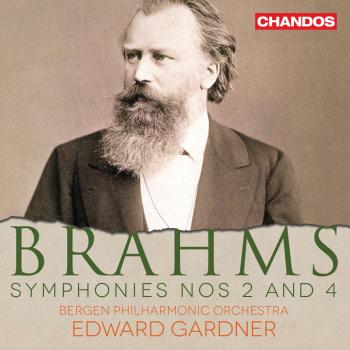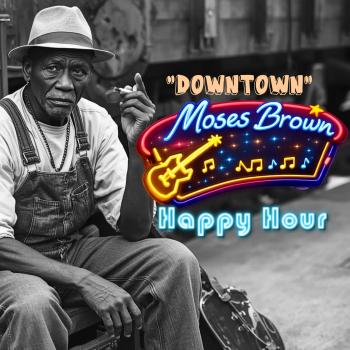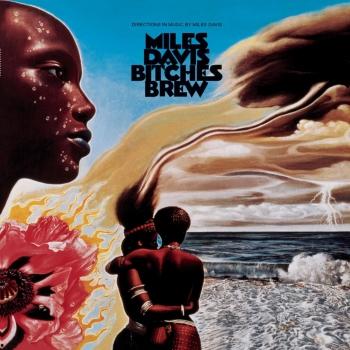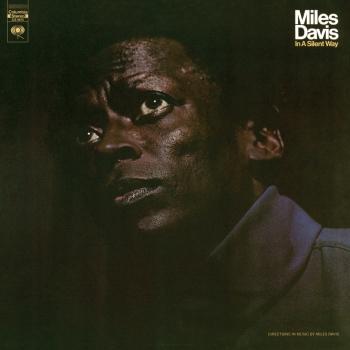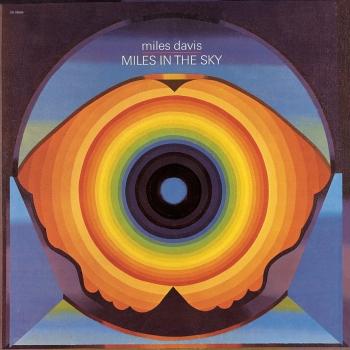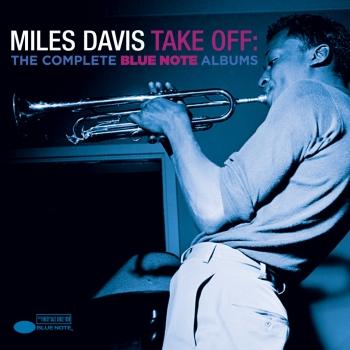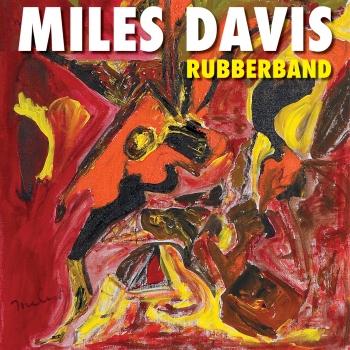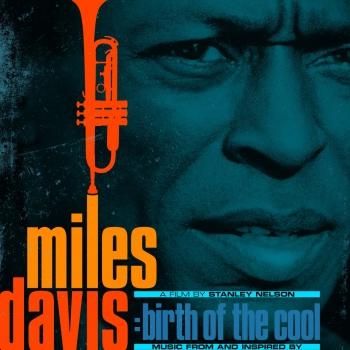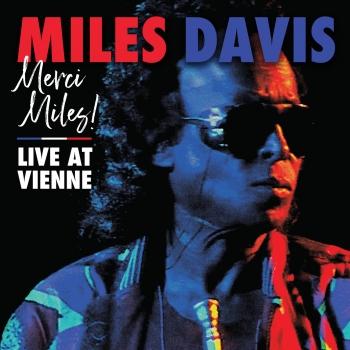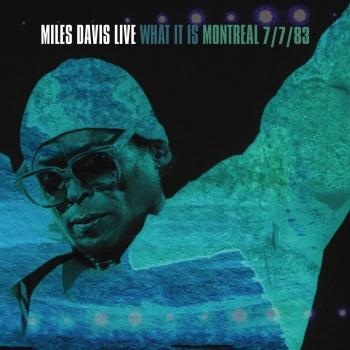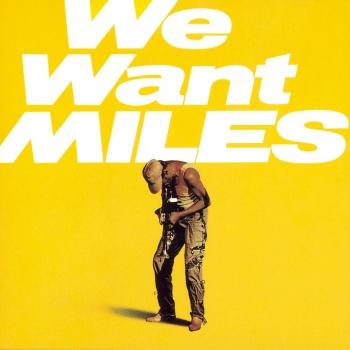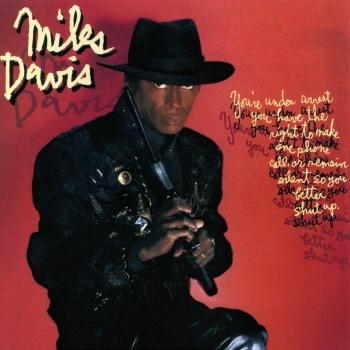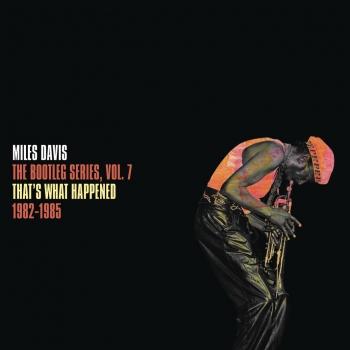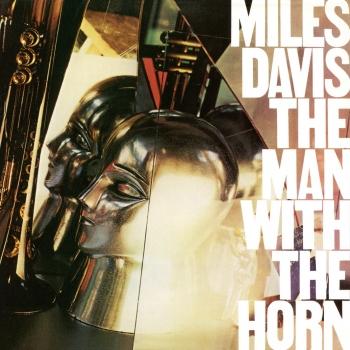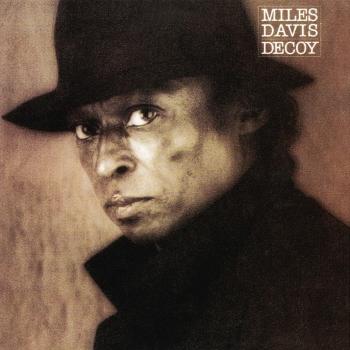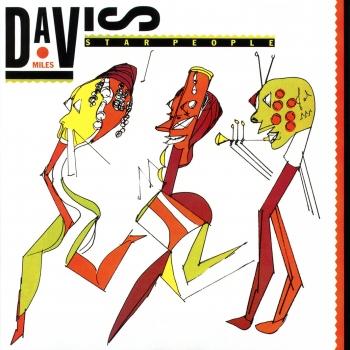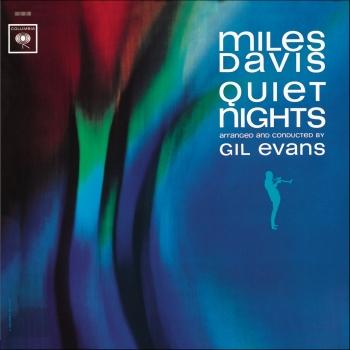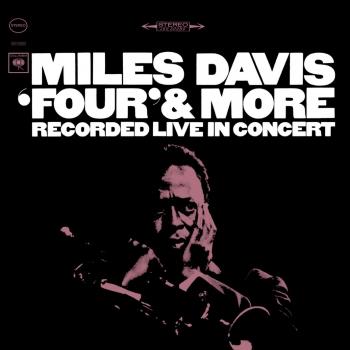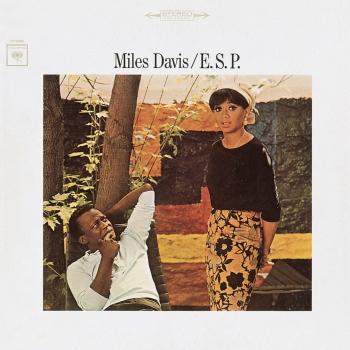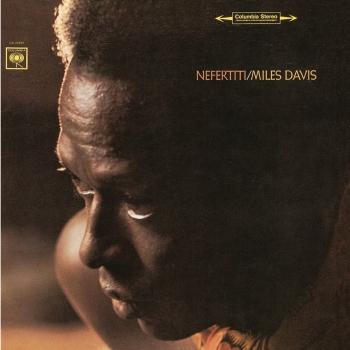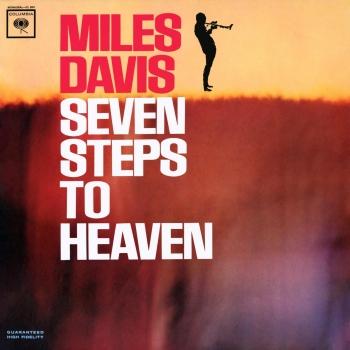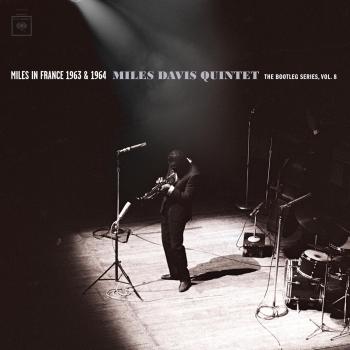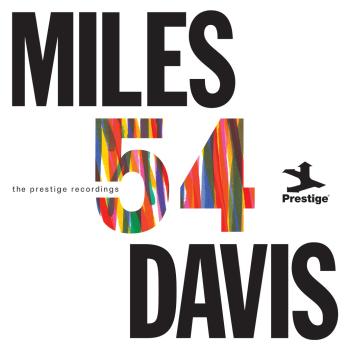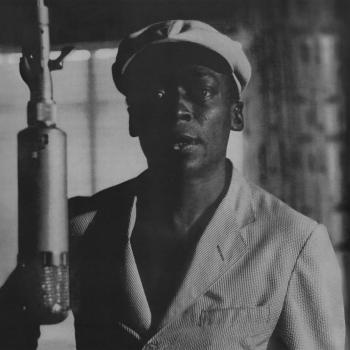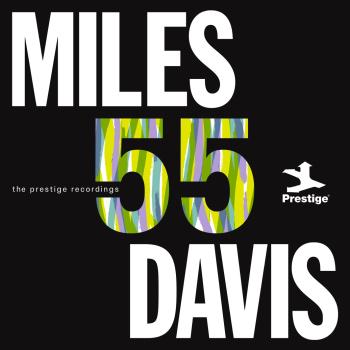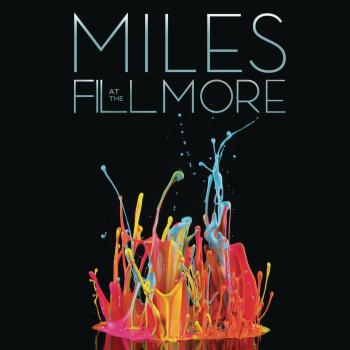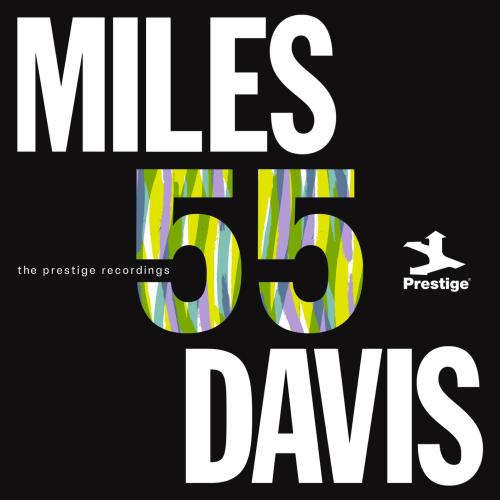
Miles '55 (Mono Remastered 2025) Miles Davis
Album info
Album-Release:
1955
HRA-Release:
22.08.2025
Album including Album cover
I`m sorry!
Dear HIGHRESAUDIO Visitor,
due to territorial constraints and also different releases dates in each country you currently can`t purchase this album. We are updating our release dates twice a week. So, please feel free to check from time-to-time, if the album is available for your country.
We suggest, that you bookmark the album and use our Short List function.
Thank you for your understanding and patience.
Yours sincerely, HIGHRESAUDIO
- 1 I Didn't (Mono Remastered 2025) 06:02
- 2 Will You Still Be Mine? (Mono Remastered 2025) 06:23
- 3 Green Haze (Mono Remastered 2025) 05:50
- 4 I See Your Face Before Me (Mono Remastered 2025) 04:47
- 5 A Night In Tunisia (Mono Remastered 2025) 07:21
- 6 A Gal In Calico (Mono Remastered 2025) 05:14
- 7 Dr. Jackle (Mono Remastered 2025) 08:55
- 8 Bitty Ditty (Mono Remastered 2025) 06:37
- 9 Minor March (Mono Remastered 2025) 08:17
- 10 Changes (Mono Remastered 2025) 07:10
- 11 Stablemates (Mono Remastered 2025) 05:20
- 12 How Am I To Know? (Mono Remastered 2025) 04:40
- 13 Just Squeeze Me (Mono Remastered 2025) 07:28
- 14 There Is No Greater Love (Mono Remastered 2025) 05:20
- 15 The Theme (Mono Remastered 2025) 05:52
- 16 S'Posin' (Mono Remastered 2025) 05:14
Info for Miles '55 (Mono Remastered 2025)
Miles Davis had already turned heads at major New York venues like Birdland and Basin Street when he stepped back into Rudy Van Gelder’s living-room studio in Hackensack, New Jersey three times in 1955—June 7, August 5, and November 16. What emerged was far more than another entry in the Prestige catalog; that year marked a pivotal turning point for Davis, as he began to find his voice as a trumpet player and confidence as a bandleader, with his live performances hinting at the mythical figure he would soon become.
If last year’s Miles ’54 box set was your entry point, think of Miles ’55 as the moment the fuse reaches the powder... These foundational recordings not only set the stage for Davis’ future classics but also showcased the burgeoning genius of his soon-to-be legendary bandmates.
“There was a particular sound that had defined the ’50s… It was an approach that balanced a modern, post-bop feel with echoes of a simpler time. And it belonged to one trumpet player in particular.” (Ashley Kahn, liner notes)
Perhaps Davis’ most defining moment of 1955 was the formation of a talent-packed yet (then) virtually unknown ensemble of musicians, now known as the “First Great Quintet.” Featuring Sonny Rollins on tenor saxophone (soon to be replaced by another up-and-comer, John Coltrane), Red Garland on piano, Paul Chambers on bass, and Philly Joe Jones on drums, the group made their debut at Birdland in April. In another milestone, three months later, Davis delivered a momentous performance at the second Newport Jazz Festival. Jazz critic Joe Goldberg later called their 1955 ascent “the real beginning of the Miles Davis legend.” Hear that legend ignite on “Stablemates,” “S’posin’,” “How Am I to Know?” and the ballad “There Is No Greater Love.”
As Davis skyrocketed to international fame, the quintet became the dominant small jazz group of the late ’50s and a defining voice in the hard-bop scene.
Miles Davis, trumpet
Red Garland, piano
Paul Chambers, double bass
Philly Joe Jones, drums
Digitally remastered
Please Note: we do not offer the 192 kHz version of this album, because there is no audible difference to the 96 kHz version!
Trumpeter Miles Davis grew up in East St. Louis, Illinois, just across the river from St. Louis, Missouri. His parents were affluent, and had the means to support his musical studies as a boy. He began playing the cornet at age nine, and received his first trumpet at around twelve or thirteen. He studied classical technique, and focused mainly on using a rich, clear tone, something that helped define his sound in later years.
As a teenager, he played in various bands in St. Louis, which was rich with jazz, as big bands often stopped there on tours throughout the Midwest and southern states. The most important experience he had was when he was asked to play in the Billy Eckstine band for a week as a substitute. The group included Charlie Parker, Dizzy Gillespie, and Sara Vaughan. After playing with these stars, Davis knew he had to move to New York to be at the heart of the jazz scene.
In Pursuit of Parker:
In 1944 Davis moved to New York City where he had earned a scholarship to study trumpet at the Juilliard School of Music. Upon arriving however, he sought after Charlie Parker, and meanwhile spent all of his time in jazz clubs listening to bebop. He was transfixed on the music, and grew utterly bored with his classical studies. After less than a year at Juilliard, he dropped out and tried his hand at performing jazz.
Although not particularly stunning, his playing was good enough to finally attract Charlie Parker, and Davis joined his quintet in 1945. He was often criticized for sounding inexperienced, and was compared unfavorably to Dizzy Gillespie and Fats Navarro, who were the leading trumpeters at the time. Both boasted stellar technique and range, neither of which Davis possessed. In spite of this, he made a lasting impression on those who heard him, and his career was soon set aloft.
Cool Jazz and a Rise to Fame:
Encouraged by composer and arranger Gil Evans, Davis formed a group in 1949 that consisted of nine musicians, including Lee Konitz and Gerry Mulligan. The group was larger than most bebop ensembles, and featured more detailed arrangements. The music was characterized by a more subdued mood than earlier styles, and came to be known as cool jazz. In 1949 Davis released the album Birth of the Cool (Captiol Records).
Change of artistic direction became central to Davis’ long and increasingly influential career. After dabbling in hard bop as a leader on four Prestige recordings featuring John Coltrane, he signed with Columbia records and made albums that featured Gil Evans’ arrangements for 19-piece orchestra. These were Miles Ahead, Porgy and Bess, Sketches of Spain, and Quiet Nights. He rose in popularity with these recordings, in part due to his signature sound, which he often enhanced by using a Harmon mute.
Kind of Blue and Beyond:
In 1959 Davis made his pivotal recording, Kind of Blue. It was a departure from all of his previous projects, abandoning complicated melodies for tunes that were sometimes only composed of two chords. This style became known as modal jazz, and it allows the soloist expressive freedom since he does not have to negotiate complex harmonies. Kind of Blue also featured John Coltrane, Cannonball Adderley, and Bill Evans. The album is one of the most influential in jazz, and is Columbia Records’ best-selling jazz record of all time.
In the mid 1960s Davis changed directions again, forming a group with Herbie Hancock, Wayne Shorter, Tony Williams, and Ron Carter. This group was known for the excellence of each individual member, and also for its unique performance approach. Each night the tunes would sound different, as the musicians would sometimes only loosely adhere to the song structures, and often transition from one right into the next. Each player was given the chance to develop his solos extensively. Like all of Davis’ previous groups, this quintet was highly influential.
Late Career:
Despite health problems, drug addiction, and strained personal relationships, Davis continued to play, changing his approach with each new project. In the late 60s and 70s, he began to experiment with electronic instruments, and grooves that were tinged with rock and funk music. Two famous recordings from this period are In a Silent Way and Bitches Brew. By the time the 1980s rolled around, Davis was not only a jazz legacy, but a pop icon, whose music, persona, and fashion style were legendary.
Davis died in 1991, as perhaps the most influential jazz artist ever. His vast body of work continues to be a source of inspiration for today’s musicians. (Jacob Teichroew, About.com Guide)
This album contains no booklet.

